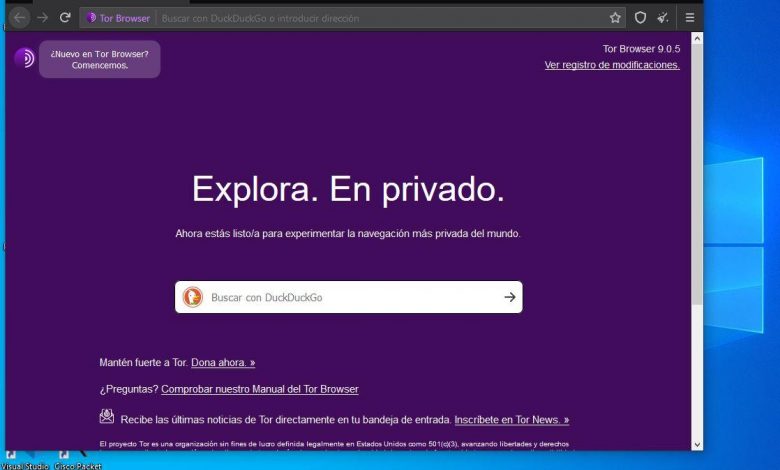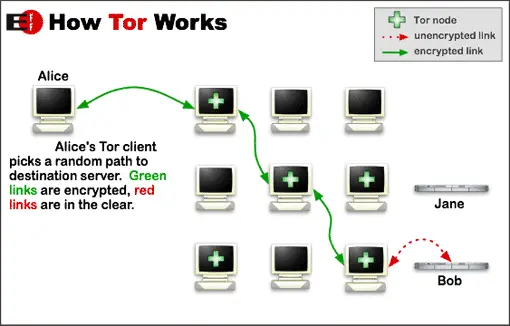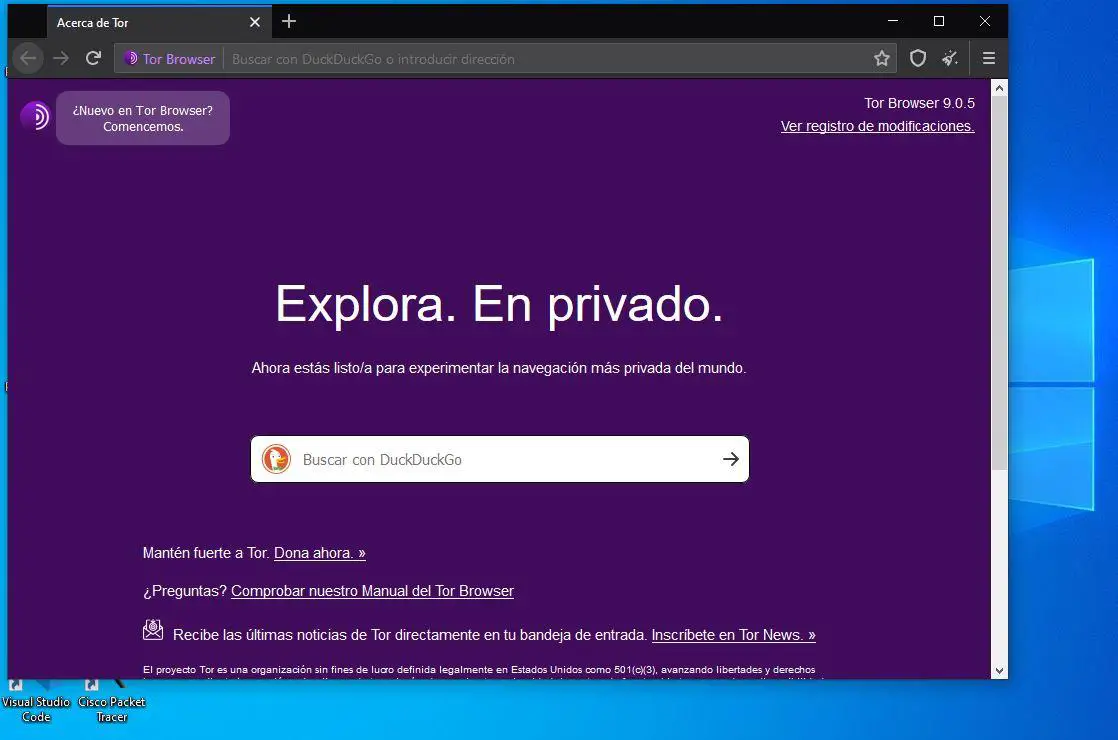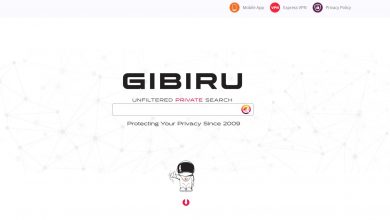Do you want to start using Tor? Recommendations before doing it

If you want to maintain your online security, privacy and anonymity, you may have heard of or read about Tor . Most notable is the free Tor browser which claims to offer safe browsing, respecting your privacy and promoting the highest possible anonymity on the Internet. This solution has been adopted by a fairly large audience, from activists to cybercriminals. One of the things that stands out most about Tor is its proposition to protect the user with “layers”.
Onion protection
Have you noticed the Tor logo? It is possible to view a purple onion . The traffic generated by the network and which passes through its nodes does so in the company of several layers of encryption. These layers are decoded as data travels over the network and is discovered by each of the nodes, layer by layer. Then there is an act similar to removing each layer from a purple onion.

The diagram we share above shows us data traffic which occurs through the nodes that are part of the Tor network. A user who connects to said network, generates fully encrypted, authenticated traffic and will verify the integrity of all data sent and received. This one starts to go through certain nodes (the example shows that it goes through three nodes) and forms a random path. This means that the traffic will not always pass through the same nodes.
However, Tor does not have a end-to-end encryption . At some point, the data has to go out onto the internet, so the moment it leaves the Tor network through the egress node, it is exposed as it would on a regular basis. Therefore, the data is not kept encrypted in this last part. As seen in the diagram, the red arrow symbolizes data that is again exposed on the Internet. Without any encryption.
Tor browser: why not use it
This software is based on Mozilla Firefox with some modifications made specifically to use the Tor network in the most efficient way possible, and with all security measures enabled. As we mentioned, you shouldn't pay anything if we want to download and use it. Unfortunately, the main problem is slowness. Tor is not recommended for online activities that require a lot of bandwidth and / or accessories (plugins) , nor for P2P network traffic such as file sharing via Torrent, of course, it is not recommended to perform tasks where we need minimal latency, because going through multiple nodes the latency increases a lot.

To the surprise of many people, another point against this browser and its network in question is security. Especially when the data has to leave the Tor network. Data is known to leave the Tor network without any encryption, so it is possible to capture all the traffic on those exit nodes and then analyze all the traffic.
If your personal and / or highly sensitive data has passed through the Tor network, you could be in trouble. Anyone who is in this exit node and has the ability to do so could collect them and identify you to lead potential attacks. An alternative that some people use is the additional use of a reliable VPN provider, with the goal of securing the traffic from start to finish.
As we mentioned above, the Tor network is known to be quite slow. And if we add the connectivity via VPN, the slowness can be worse because the traffic that goes through the tunnel also goes through various encryption processes. So speed in these type of situations is not a factor that will be present. However, what good is Tor if it is not intended for "normal" use?
Activists and people aware of the online privacy and anonymity take advantage of the web and browser. On the other hand, many activities that are illegal under the law are broadcast through Tor, as it is frequently used to access the Dark Web .
And you do you think? Would you use it anyway?




